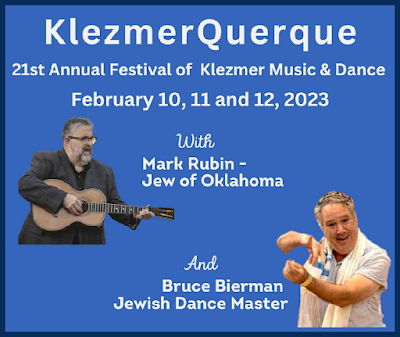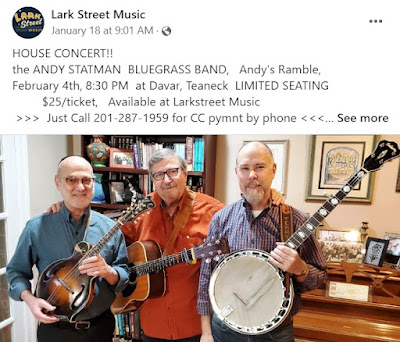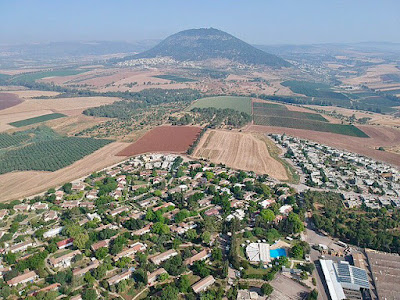Happiness! This is what happens when you got the Rosh Hodesh Adar memo but nobody else in your office did. Courtesy of Modern Talmud on Twitter.
And in more happyish news, USA's President Biden made a surprise trip to Kyiv to visit Ukraine's President Zelenskyy. Spreading the joy of the upcoming (may it be ongoing) month of Adar to those who need joy the most.
In other news - Portsmouth New Hampshire's Temple Israel (see May 2021's Portsmouth Parking & The Jews) was one of 14 spots attacked with hate-filled graffiti. The Jewish Federation of New Hampshire reported:
Early Tuesday morning, Temple Israel and 13 other Portsmouth businesses were the victims of graffiti, including swastikas spray-painted on the synagogue.
Over the last year, there has been an increase in antisemitic incidents, both in-person and online, right here in our state. According to the ADL, 2021 was the highest year on record for documented reports of harassment, vandalism, and violence against Jews.
Tuesday’s incident not only included acts of hate against the Jewish community but against the Black and LGBTQ+ communities as well. The Jewish Federation of New Hampshire (JFNH) stands in solidarity with all those impacted by this hate.
In the meantime, Facebook's Hebrew Calendar Facts is proud and probably correct to tell us:
The molad [birth of the New Moon in Jerusalem] of Adar is [was] on Monday at 18 hours 731 chalakim (12:40 PM and 11 chalakim). [A chelek is one 1080th part of an hour, or 3.33 seconds.] The astronomical new moon is on Monday at 2:05 AM EST / 9:05 AM Israel Time.
Rosh Chodesh Adar is [was] on Tuesday and Wednesday.
This being the 7th year of the 19-year cycle, there is only one Adar this year. In the US, this is the first time Rosh Chodesh Adar begins on the evening of Presidents' Day since 1999 (but the next time will be soon, in 2026).
And here we have a scene from the famous Susa Tapestry, showing Haman leading Mordechai through the streets of Shusan. The tapestry, created in the 5th century BCE, depicts the entire story of Purim. Courtesy of Historicus Hasidicus on Twitter.
Here is why it gets better -
The month of Adar has begun.
Our happiness will increase.
We've got Ken O'Hara on our side.
So you, Abq Jew's loyal readers, may ask -
Who is Ken O'Hara?
Well. Ken O'Hara (No Evil Eye) is a Hebrew-Yiddish incantation that expresses the vocalist's firm intention that no harm befall the subject of said incantation.
Kaynahorah: (kayne-a-hurr-rah) literally, "no evil eye." Pronounced in order to ward off the evil eye, especially when speaking of one's good fortune.
"Everyone is the family is happy and healthy, kaynahorah." "He'll be 86 in three weeks, kaynahorah."
Another way to ward off the evil eye is to quickly spit three times (We're not talking hawking a big loogie. This is more like lightly spitting a poppy seed off the tongue.)
"My daughter found a nice guy and it looks as if he's going to propose. Pthui, pthui, pthui."
Mr. Popowitz is called as a witness in a trial.
"How old are you?" asks the D.A.
"I am, kaynahoreh, ninety-one."
"Excuse me? What did you say?"
"I said, I am, kaynahoreh, ninety-one years old."
"Sir, please just answer the question with no embellishments," yelled the frustrated D.A.
"I ask you again, How old are you!?"
"I told you. Kaynahoreh, I'm ninety-one."
The D.A. is very angry. The judge is also losing his patience.
He instructs, "The witness will answer the question simply and plainly or be held in contempt of court!"
The defense lawyer rises and approached the bench. "Your Honor, I think I can resolve this. May I ask?"
"If you can get this trial moving, please, be my guest."
"Mr. Popowitz, let me ask, kaynahoroh, how old are you?"
Popowitz replies, "Ninety-one"





























